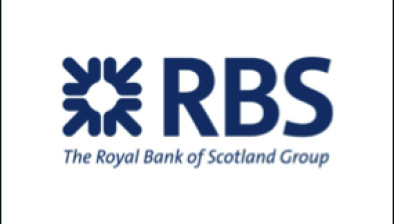RBS: Scottish jobs market recovery gains further momentum in March
Hiring activity across Scotland rose markedly during March, according to the latest Royal Bank of Scotland Report on Jobs.

Permanent staff appointments increased at the steepest rate since late-2018, while the latest upturn in temp billings was the strongest for 28 months, as companies upped their hiring efforts in line with more favourable economic conditions.
Subsequently, demand for staff increased rapidly at the end of the first quarter, although supply remained constricted as the availability of both permanent and temporary staff declined. Panellists noted that uncertainty had made candidates wary of switching roles. As a result, pay pressures strengthened, as a lack of available candidates induced a greater degree of competition among employers.
March data highlighted a further increase in permanent staff appointments across Scotland. The respective seasonally adjusted index improved sharply from February and signalled the most marked rise in permanent placements since December 2018.
A renewed upturn in permanent placements was also recorded across the UK as a whole in March. The upturn was not as rapid as in Scotland, however.
Amid reports of increased economic activity at clients, recruitment consultants in Scotland registered a further uptick in temp billings during March. Moreover, the rate of increase was the steepest since November 2018, with the monthly gain in the respective seasonally adjusted index among the largest on record.
The UK also saw an accelerated upturn in temporary billings during March, although the rise at the national level was slower than in Scotland.
March data highlighted a second consecutive monthly fall in permanent staff supply across Scotland. Respondents attributed the latest decrease to heightened uncertainty, meaning candidates were unwilling to switch roles. The rate of reduction quickened slightly on the month, but was still only marginal.
At the UK level, the availability of permanent candidates was largely unchanged for the second month in a row.
Adjusted for seasonal variation, the Temporary Candidate Availability Index fell below the 50.0 neutral mark during March. This signalled a reduction in temp staff supply for the first time in a year, albeit one that was only mild.
A fourth straight monthly rise in average salaries awarded to permanent new joiners across Scotland was recorded in March. Anecdotal evidence attributed the latest uptick to greater competition among employers due to a lack of available candidates. The rate of salary inflation was the sharpest for over two years, and much stronger than that recorded for the UK as a whole.
Average hourly pay rates for short-term staff across Scotland continued to rise at the end of the first quarter. The rate of wage inflation quickened to the fastest since last December and was solid overall.
Upwards pressure on temp wages was also apparent at the UK level in March. The rate of inflation at the national level was broadly in line with that in Scotland.
Recruiters across Scotland signalled a back-to-back increase in permanent vacancies during March, with the upturn quickening to the fastest since October 2018.
March data highlighted a further rise in demand for temporary staff across Scotland, as businesses upped their hiring efforts amid improved economic conditions. The rate of increase was the quickest since August 2019 and stronger than that across the UK as a whole.
Sebastian Burnside, chief economist at RBS, commented: “March data highlighted a great performance for the Scottish labour market. Both permanent appointments and temp billings increased at the quickest rates since late-2018 and rapidly overall, a clear sign that the recovery is gaining significant momentum.
“The number of vacancies also rose sharply in March, as companies upped their hiring efforts amid improved demand conditions. This placed firmer upwards pressure on pay rates, in part due to increased competition for candidates as supply dipped slightly.
“Overall, the data are very encouraging, and show real movements by firms to reopen the economy in line with the planned easing of lockdown measures. Although the recent improvements may not have made up all the lost ground, we are much further towards a robust labour market recovery at the close of the first quarter.”









